Japanese Beetles + Pests in Kansas City Landscapes – Summer 2019
The calls have started pouring in. Kansas City property and facility managers are concerned about the seemingly imminent strike of Japanese Beetles. They want bids to nip them in the bud before they destroy the landscapes they (and we) have labored to hard to create.
You may remember last year the strike was hard.
This year, there was talk from weather and insect experts of weather prolonged Winter weather we had in the KC Metro would kill off additional populations of insects and pests like the Japanese Beetle.
Today, we’re here to ask the question: Is this fact or fiction?
Unfortunately, like you may have guessed, the answer is not so cut and dry.
Which favors pest populations: warm or cold winters?
Leaders of the Entomological Society of America said “Don’t Bug Out Over Warmer Weather” in a press release, explaining that lots of other factors affect insect populations besides temperatures.
“States like Alaska and Minnesota are famous for their brutally cold winters, and yet they are also known to have extremely active mosquito populations during the summer,” said 2012 ESA President Grayson Brown, who explained that mosquitoes are even more affected by the amount of rain during the spring, since they need water to lay their eggs.
ESA’s former Vice President Robert Wiedenmann said that in some cases the warm winter could even cause harm. “Some insects that emerge earlier than normal because of warm temperatures may not find the appropriate food sources available and could starve,” he said. “Likewise, mild winters may favor the predatory or parasitic insects that help keep pests in check, and result in fewer pests. Insect ecology is affected by a number of factors and is not solely dependent on winter or spring temperatures.”
It’s Complicated …
Which bring us to the question at hand… While it’s true that extremely cold temperatures for prolonged periods of time can decrease insect populations, other factors are at play as well.
The Emerald Ash Borer (EAB) has received so much press recently. Ironically, the cold spell of this Winter in the Midwest could actually end up helping the EAB in certain areas because the freezing temperatures might have harmed EAB predators.
“Prolonged very cold temperatures can definitely kill off both EAB and the parasitoids (an insect whose larvae live as parasites that eventually kill their hosts , and the parasitoids appear to be less cold-hardy than the EAB themselves,” said Dr. Jonathan Lelito, another USDA researcher.
Dr. Lelito went on to explain that even in extremely cold regions like northern Minnesota and parts of Canada, where a significant portion of EABs may have died because of the cold, the effect will not kill off the species completely.
“Even with 50% mortality, the populations will recover in a few years or so and the infestation will continue on,” he said. “But biological control is a long game. Occasional setbacks will occur, and the populations of both hosts and parasitoids will tend to oscillate through time anyway. The long-term goal is the establishment of a balance, and severe weather events are just a step in the long march, so to speak.”
While it’s true that insects will die if exposed to very cold temperatures for prolonged periods of time, many are able to survive, depending on the insect and the circumstances.
So our conclusion on the Long Winter Theory? Not conclusive for the imminent death of our least favorite pests, unfortunately.
Have you protected your Kansas City trees from the Japanese Beetle?
PEST PROFILE BREAKDOWN
PEST NAME
The damage it does
How it’s treated
Japanese Beetle
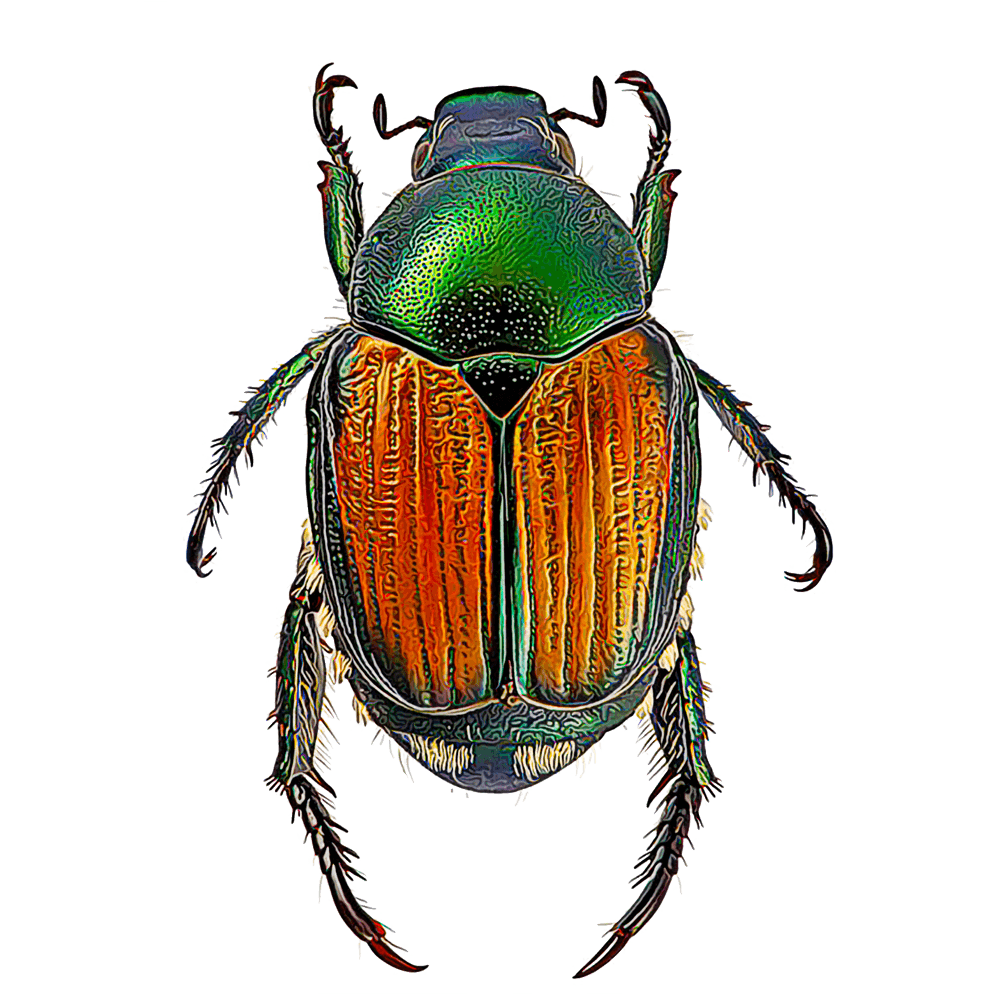
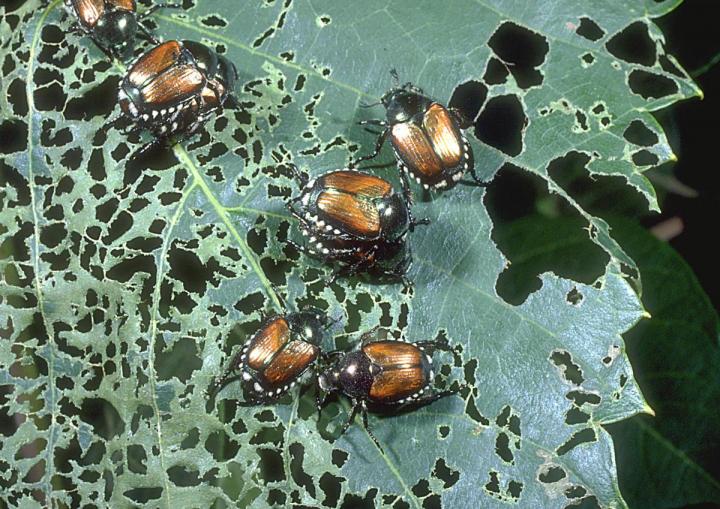
For the Japanese Beetle in particular, we both prevent and treat by applying a cocktail of two treatments that address all the life cycle stages of the Japanese Beetles. Read more about Japanese Beetles
Emerald Ash Borer (EAB)
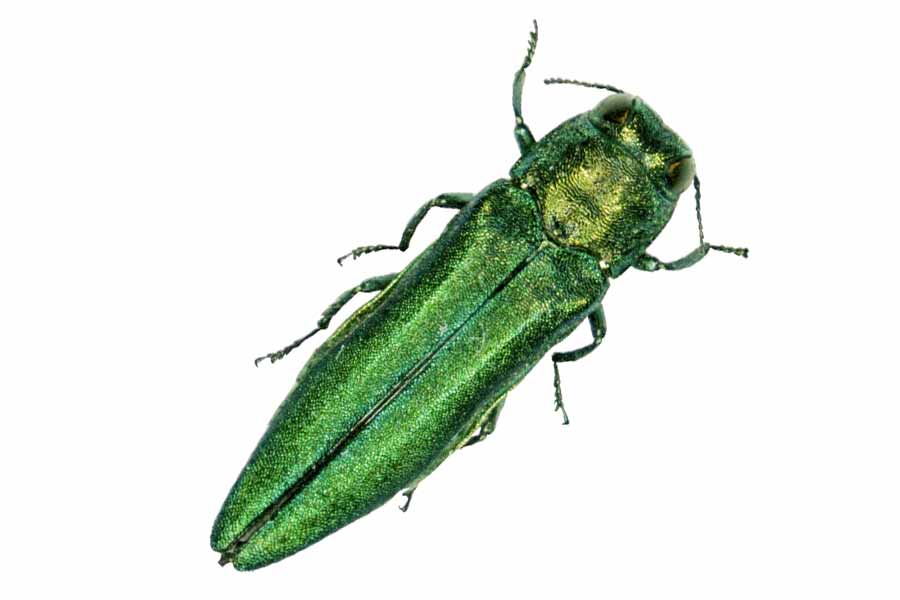
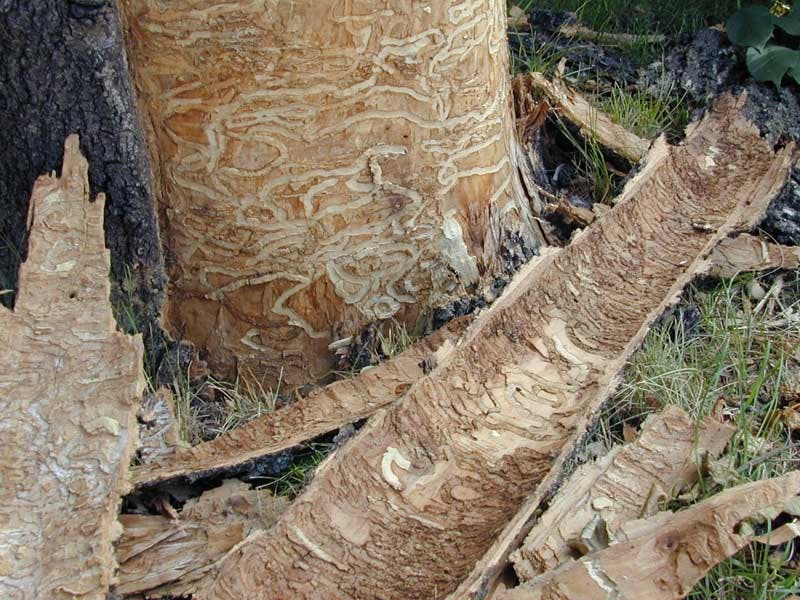
We use a variety of techniques including Soil Drench, Bark and Foliar Application of Insecticide.
Grubs
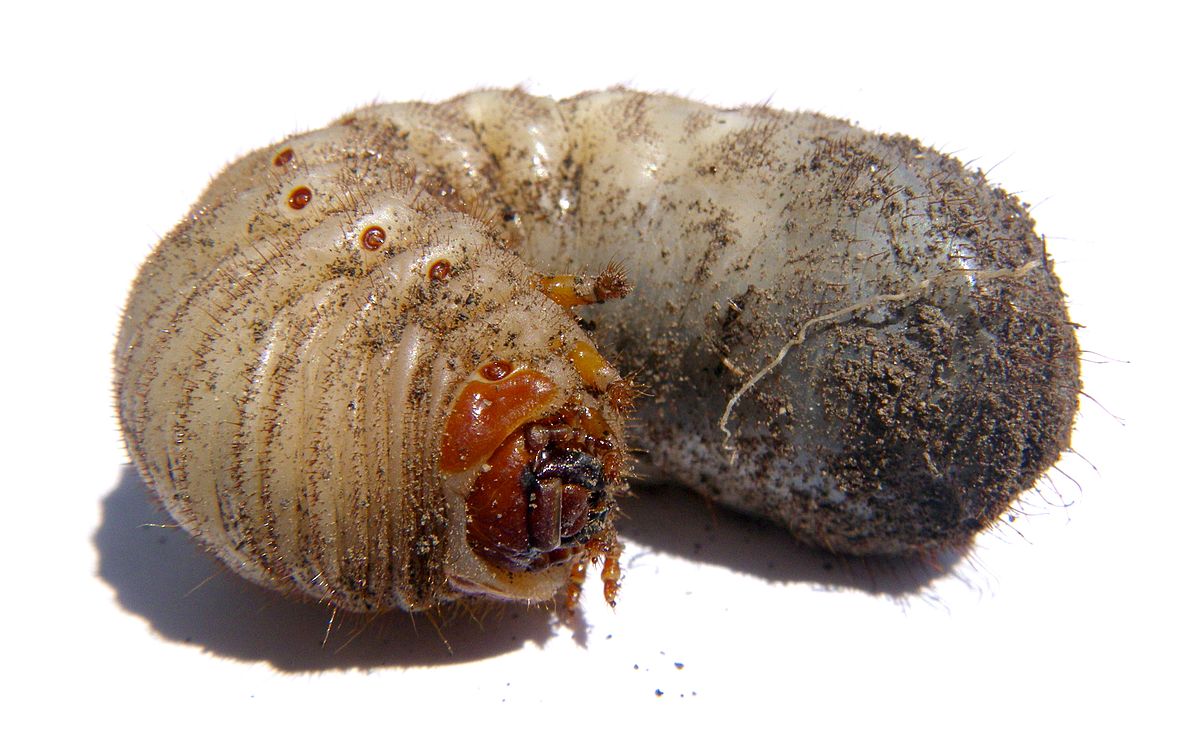
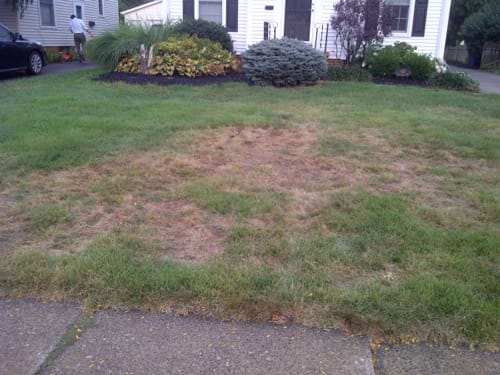
Topical application of insecticide in Spring that prevents that the pest ingests while they are feeding, killing them off before they destroy the landscape.
Mites

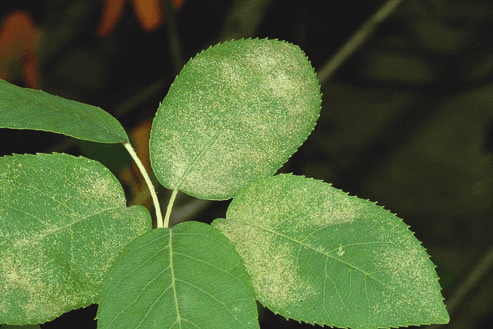
Topical application of insecticide in Spring that prevents that the pest ingests while they are feeding, killing them off before they destroy the landscape.
Bagworms
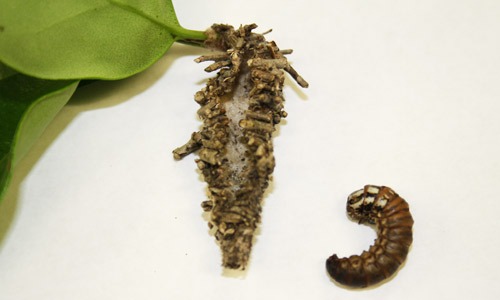
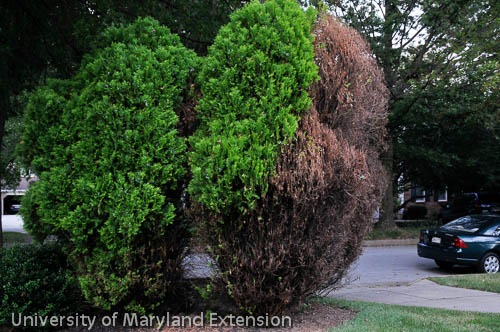
Topical application of insecticide in Spring that prevents that the pest ingests while they are feeding, killing them off before they destroy the landscape.
Sod Webworm

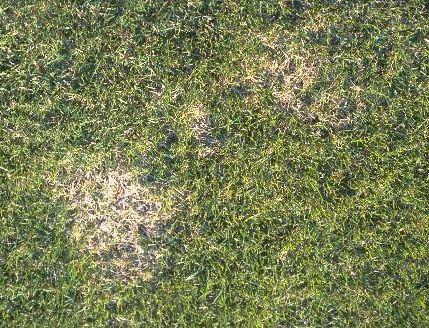
Topical application of insecticide in Spring that prevents that the pest ingests while they are feeding, killing them off before they destroy the landscape.
